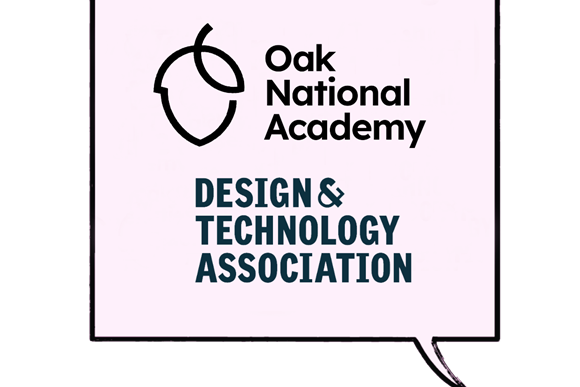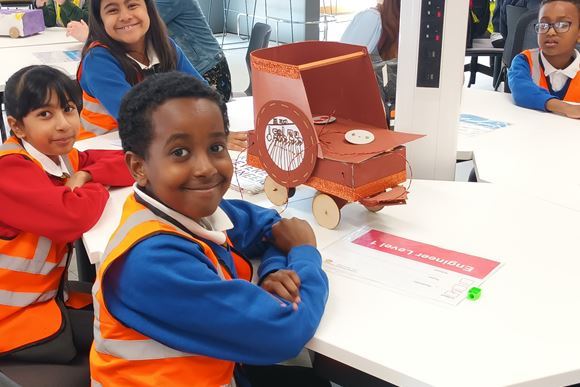Supporting home learning: Why these free resources are useful just now
Published 24th March 2020
Home learning, whether enforced or by choice, often needs the support of resources to help structure how student and children learn and are occupied effectively. This selection of resources, free to members, offer activities that children and young people can work on at home to help reinforce their learning and allow them to research areas that will help them in their deign and technology knowledge and understanding. There are plenty of other free members’ resources on the website that teachers might adapt for home learning.
Additional Free Member Primary D&T Toolkit
This unit of work for children aged 7-11 is about securing a vehicle from thieves or dangers such as tipping over and can be followed using model vehicles and simple circuits (see Developing Handmade Switches) or made more complex using programable components.
Contains presentations to help children aged 7-11 in their understanding of how to use gears and pulleys. There is the opportunity to do practical design and make tasks including examples of frames for fairground rides or moving vehicles, and suggestions for including programmable control using Crumble microcontrollers.
Children aged 5-7 years can focus on the home using basic constructional skills with sheet and reclaimed materials and construction kits to make freestanding structures stronger, stiffer and more stable, together with appropriate joining techniques. (See also Door Hinges Helpsheet, and Let’s Get Building and Using Construction Kits).
This popular resource has is a pictorial dictionary of D&T terminology with clear images of tools and materials, each with a picture, title and definition, covering workshop applications, textiles and food.
Additional Free Member Secondary D&T Toolkit
Video and presentation to help students understand and make the choices towards their chosen career, aimed at students considering options for and those already doing GCSEs. Teachers are encouraged to select appropriate content and edit it to meet the needs of their students or as staff training materials. Other information is available in the Options Pack.
Materials and their properties
This set of presentations covers the properties, manufacturing and production processes of Timbers, Metals, Polymer, Textiles and Papers and Boards. Includes a classroom teaching resource with an introduction to choosing and using materials. Excellent preparation for all four Awarding Organisations' Design and Technology GCSE specifications.
Learning About Structures and Mechanisms at KS3
Learning about structures and mechanisms should take place in primary schools, but if it has not been covered to a level that is required for progressing towards GCSEs, this refresher contains two presentations and is essential in reviewing the basic principles and taking this forwards towards higher level learning.
Programmable Control Open Design Brief
This example of a contextual challenge allows students to begin designing in contexts and develop design ideas to solve a problem. It provides an excellent opportunity to use programming and control as preparation for the non-examined assessment for the D&T GCSEs.
Five projects for Years 8 and 9 linking D&T and Science. Each has summaries of the D&T, Science and Maths aspects in projects which include welding using chocolate, hydrodynamics of boat hulls, mp3 amplifier and portable speaker unit, an investigation into suitable packaging materials, and how the structure of the ear can inform communications.
A Year 7 project which uses a sustainable power supply (USB port) as an alternative to batteries, using CAD. It looks at how students make creative decisions and can apply this to a torch or lighting system, buzzer for a doorbell or alarm, etc.
While pewter casting may not be appropriate for home learning, this package, based on designing jewellery in the style of Charles Rennie Mackintosh contains research and design activities and can be supported by the three minute video and presentation on the artist and designer’s life and work.
This presentation and guidance cover non-woven textiles linked to CAD/CAM and graphics to offer inspiration and practical advice to design and make 3D containers, based the work of Hepworth, Gaudi and others.
Using and Understanding 3D printers in schools
A set of four PowerPoint presentations looking at machines and processes, using 3D printers in schools, 3D design software and learning about 3D printing: an explanation of the process forstudents.
Back to News



